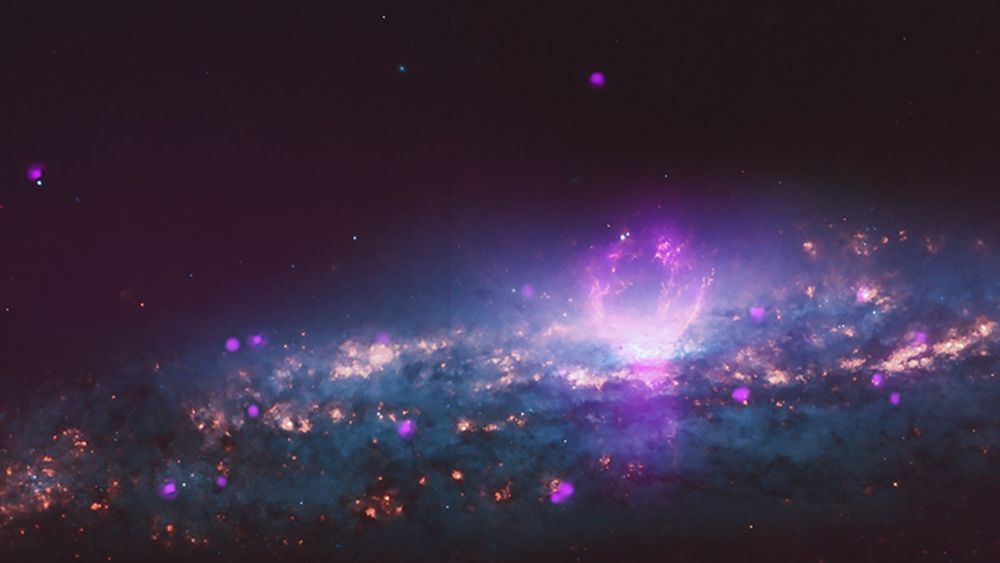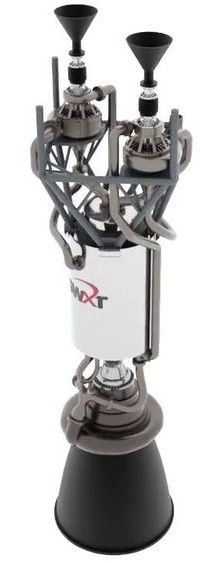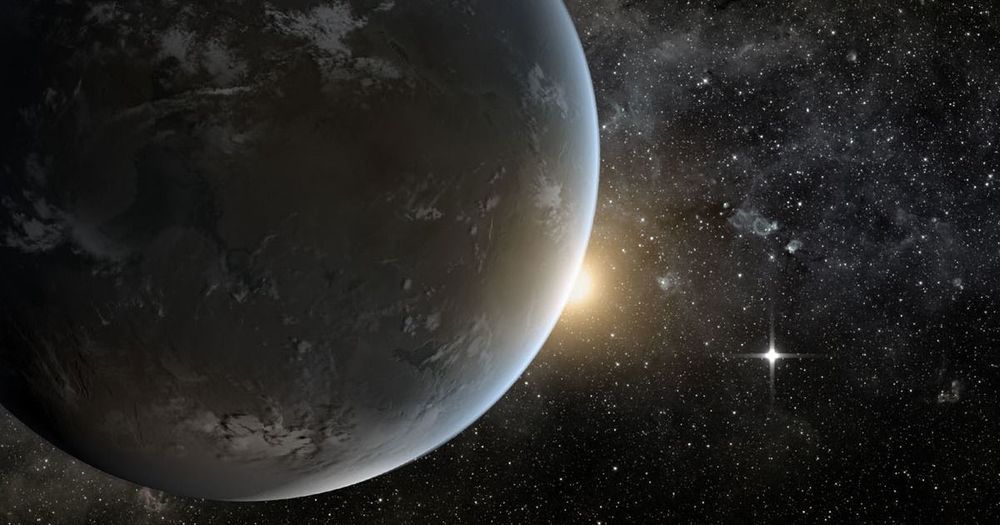
This incredible image shows a pair of “nuclear superbubbles,” one over 4,900 light-years across and the other over 3,500 light-years. They’re emanating from the center of the galaxy NGC 3079, likely the result of a central black hole consuming matter and spewing it back out.
Or, the superbubbles could be from a starburst, a faster-than-usual stellar birth. The bubble-like shape could come from shock waves and compression within the cooler gas. But there’s still an element of mystery here, as the smaller bubble seems to be emanating synchrotron emission, or high-energy x-rays from spiraling electrons, while the larger bubble isn’t.
Read more


















